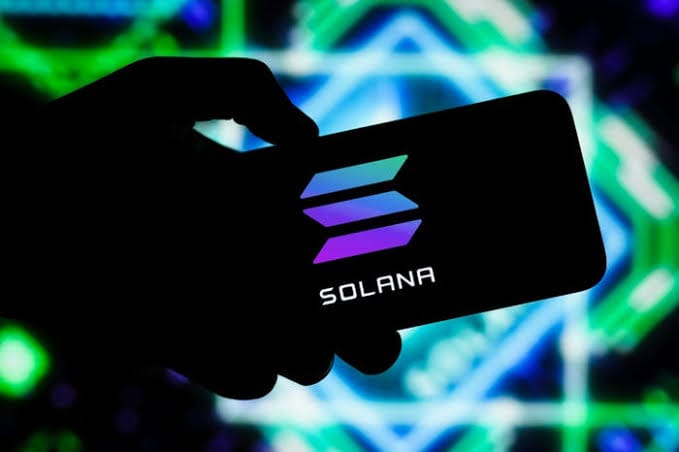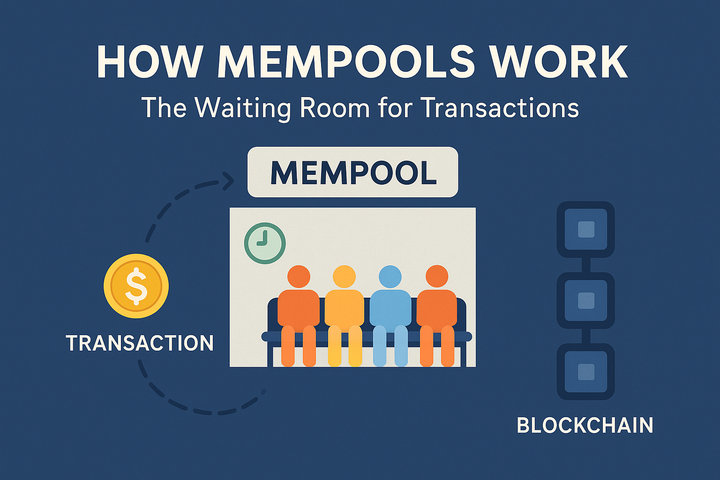Solana’s Staking Crown: How It Briefly Overtook Ethereum and Why It Matters

Overview
On April 20, 2025, Solana’s total staked value briefly surpassed Ethereum’s—$53.90 billion vs. $53.93 billion—marking a watershed moment in Proof-of-Stake (PoS) competition CointelegraphBinance. This “staking crown” flip was driven by Solana’s high 8.31 % staking yield and strong price performance, which boosted SOL’s staking share to over 64 % of its supply, compared to ETH’s ~28 % CointelegraphCrypto Tracker. While the milestone underscores Solana’s growing appeal and challenges Ethereum’s dominance, it also reignited debates over decentralization, DeFi activity, and long-term network health CryptopolitanCoinpaper. In this article, we’ll explore the numbers behind the flip, the forces that powered Solana’s surge, the trade-offs it entails, and why this moment matters for the broader DeFi and staking landscape.
The Brief Flip: Numbers and Context
On April 20, 2025, blockchain data showed 505,938 unique wallets staking SOL worth $53.90 billion at an 8.31 %annualized return Cointelegraph. At the same time, Ethereum had 34.7 million ETH staked, totaling $53.93 billionCointelegraph. This narrow margin made Solana—for a few hours—the largest PoS staking market by value AInvest.
Such “flippenings” reflect not just token prices but staking dynamics. Since June 2023, the SOL/ETH price ratio jumped almost tenfold, amplifying the dollar value of staked SOL relative to ETH Crypto Tracker. Although Ethereum reclaimed the top spot within a day, Solana’s brief lead highlights how network incentives and market sentiment can momentarily reshape the PoS hierarchy.
Drivers Behind Solana’s Surge
1. Attractive Staking Yields
Solana offered an 8.31 % network-wide staking yield, nearly three times Ethereum’s 2.98 % rate CryptoSlate. Higher returns drew capital into staking rather than DeFi protocols, boosting SOL’s locked value.
2. Low Fees & High Throughput
With sub-cent transaction fees and up to 65,000 TPS, Solana provided a cost-effective on-chain experience, incentivizing users to stake rather than spend SOL on gas for complex DeFi interactions AInvest.
3. Price Appreciation
SOL’s price rallied while ETH lagged, increasing the dollar value of existing stakes. Between mid-2023 and April 2025, SOL’s token price rose substantially against ETH, powering the staking market cap flip Cointelegraph.
Trade-Offs and Criticisms
Centralization Concerns
Around 64 % of SOL tokens were staked, compared to 28 % of ETH, raising alarms over token utility and network diversity Crypto Tracker. Fewer active validators (1,642 on Solana vs. ~1 million on Ethereum) can make Solana more vulnerable to centralization risks Cryptopolitan.
DeFi Activity Suppression
Critics argue that high “risk-free” staking returns pull liquidity away from DeFi applications—liquidity that fuels lending, AMMs, and yield-farming—potentially stifling on-chain innovation Coinpaper.
Sustainability Questions
Such elevated yields may require sustained token emissions. If staking rewards decline, staker enthusiasm could wane, leading to price volatility and reduced security Coinpaper.
Why It Matters: Implications for DeFi and Staking
- Competitive Dynamics
Solana’s staking surge pressures Ethereum to refine its staking incentives and scalability roadmap within the Mitosis Core ecosystem. - Ecosystem Connections
Protocols on Solana may see further inflows, while Ethereum-based DeFi must innovate to retain capital—catalyzing cross-chain strategies covered in our Ecosystem Connections section. - Blockchain Foundations
The flip underscores PoS mechanics’ centrality in network security and economic design. Readers can revisit our deep dive on Proof-of-Stake for foundational context. - Market Insights
This event signals shifting investor confidence. As detailed in our Market Insights analyses, capital allocation may tilt toward high-yielding PoS chains, influencing token valuations and DeFi TVL distributions.
Conclusion
Solana’s fleeting staking crown over Ethereum was more than a headline—it crystallized the interplay between yield, governance, utility, and security in modern PoS networks. While Ethereum’s mature DeFi ecosystem and validator diversity remain formidable, Solana’s high rewards and performance offer a compelling alternative. As both networks evolve, we anticipate:
- Yield Adjustments: Ethereum may tweak ETH emissions or launch liquid-staking innovations to stay competitive.
- DeFi Retention Strategies: Solana protocols might introduce proprietary incentives to recapture staking capital.
- Cross-Chain Synergies: Tools like Mitosis will be pivotal in balancing liquidity across chains, ensuring DeFi remains fluid and inclusive.
❓ What do you think—the staking crown race marks healthy competition, or does it expose deeper risks in PoS ecosystems? Share your thoughts in the Mitosis contributor chat!
Internal Links
- Liquidity TVL Glossary
- Expedition Boosts
- Straddle Vault
- Mitosis University
- Mitosis Blog.
- Mitosis Core: Liquidity Strategies.
References
- Debate as Solana briefly flips Ethereum in staking market cap Cointelegraph
- Solana’s TVL Briefly Surpasses Ethereum’s AInvest
- Solana Crypto Staked Value Lead Over Ethereum Could Be Short-Lived Crypto Tracker
- Solana flips Ethereum in staking cap but questions over fundamentals persist Cryptopolitan
- Binance Blog: Solana Briefly Surpasses Ethereum in Staked Value Binance
- Solana’s high staking yield briefly propels it past Ethereum’s staked value CryptoSlate
- Solana Outpaces Ethereum in Staking, But Not Without Tradeoffs Coinpaper
- Solana Overtakes Ethereum as Top Staking Asset… coinstelegram.com



Comments ()